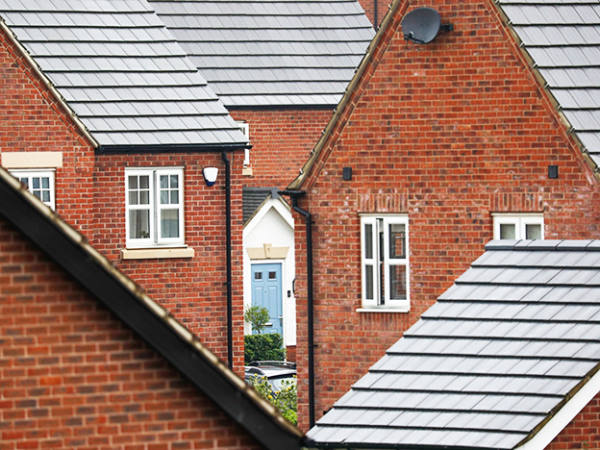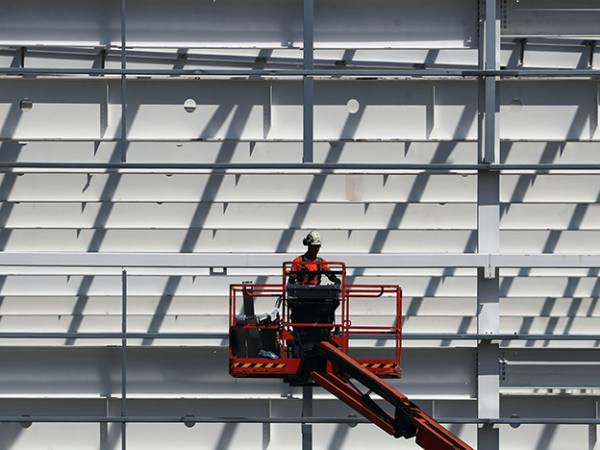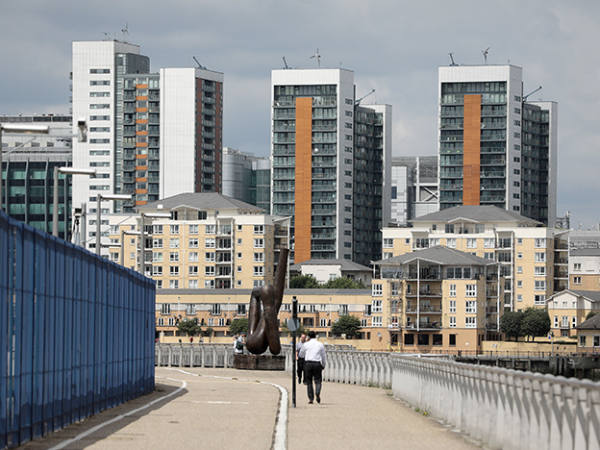Last month, the Office for National Statistics (ONS) confirmed what many renters would have felt as though they knew already: rents across the UK are increasing at their fastest pace on record. In the 12 months to March, rents rose by 4.9 per cent across the UK, the quickest rate of growth since the ONS started recording the data in 2016. For England alone, the data goes back to 2006, but here too the ONS has never recorded a faster pace of growth than the current 4.6 per cent.
Reports from across the rental market are eyebrow-raising. Estate agents say there are record numbers of lease applications for a dwindling supply of rental stock. As such, landlords in the market can pick and choose which tenants they want, and some are even asking for CVs from prospective renters to help make their choice.
Pinning down the exact reason for this acceleration is tricky. While many explanations have been offered, no single one fully explains why the speed of rental increases has never been this intense before – or why it has picked up so drastically so recently. Revealing the real reason for rapid rent rises requires looking at all the theories together.
1. Landlords are passing on costs
The most obvious explanation for landlords increasing rent is that they feel they have no other choice. With interest rates at 15-year highs, landlords have to pay more for their mortgages. In turn, they are passing these costs on to tenants. Inflation is also hitting landlords' cost of living – just as it’s hitting everyone else’s – which gives them further incentive to increase rents.
This might explain some of the phenomenon, but while rent and inflation do mirror each other relatively closely, even so there are other factors at play.
2. Not enough homes are being built
As has been the case for many years, the UK is not building enough homes. The problem has been compounded over decades as the number of completed homes built after each housing crash fails to reach the levels from the previous boom. In other words, the long-term trend is less housing being built in a country where the population is increasing.
The numbers are worse than politicians care to admit. While some would rather refer to ‘net additional dwellings’, the London School of Economics (LSE) points out that that number includes redevelopments of old buildings or, as the LSE puts it, “obsolete offices and industrial buildings [...] converted into sub-standard housing”. A better measure, it says, is the completion of new stock. On this basis, the LSE calculates that over the past 30 years, there has been a 3.12mn shortfall. Centre for Cities, a think tank, says the shortfall is even larger, putting it at 4.3mn homes.
Yet, all of this is more context rather than an explanation of the current problem. Housing supply – especially social housing supply – has been depressed for a long time, but the lack of rental stock at the moment is particularly acute.
3. Demand from some quarters is increasing
Since the loosening of Covid-19 restrictions, the number of people arriving in the UK has bounced back. Hundreds of thousands – a combination of students, young workers, families and asylum seekers – who were not able to travel to the country before because of the pandemic have done so over the past two years. The result has been a surge in net migration figures as well as granted visa applications, back from the depths of 2020 when the passport gates at UK borders were gathering dust.
According to online estate agency Zoopla, this is the reason for the current dearth of rental properties and the subsequent spike in rents, adding that the figures have also been boosted by one-off ‘migration events’ such as the displacement of Hong Kong, Afghan, Sudanese and Ukrainian citizens.
This short-term jump could explain the sudden nature of rental increases, but the direct causal link between immigration and rent has not been proved. It makes sense, given that immigrants tend to be younger and therefore more likely to rent, but the speed at which the UK population has grown since Covid-19 has slowed down not sped up. A possible reason for that is coronavirus deaths, which had an outsized impact on older people who are in turn less likely to rent, but it is hard to say for sure.
4. Smaller landlords are leaving the market
The thinking goes that private landlords are selling up because restrictions on buy-to-let – combined with the aforementioned interest rate and inflationary pressures – have made it harder for them to do their jobs. In turn, this has created a scarcity, which is driving up rents.
There is some evidence for this theory. According to a survey commissioned by the National Residential Landlords Association (NRLA), the buy-to-let landlord group, a record number of landlords plan on selling.
However, hard numbers on those actually doing so are elusive. Figures from the housing department’s latest English Housing Survey suggest the sector is bigger than it has ever been, although there is a lag in this data. It says that the private rented sector has accounted for around a fifth of all tenancies in the past decade, having doubled in size since the early 2000s. It adds that throughout the 1980s and 1990s, “the proportion of private rented households was steady at around 9 per cent to 11 per cent”. Jump forward to 2021-22 and it says the sector “accounted for 4.6mn or 19 per cent of households, no change from 2020-21”.
Then at an industry webinar in February, NRLA chief executive Ben Neadle said that “while some landlords are leaving, the sector is actually increasing [in size]”.
The other issue with this theory is that, if landlords are selling up and thereby causing supply to fall, demand should also be falling as renters acquire those homes. As economist and author Dan Davies put it on Twitter last month: “Why is the supply dwindling and why isn't the demand dwindling at exactly the same speed if owner-occupiers are buying from landlords?”
5. Private landlords are moving towards other ventures
The answer to that question could be that landlords have found a new revenue stream. Short-term lets and sales to large companies buying up portfolios of accommodation to vulnerable people are both options that have become available to buy-to-let landlords in recent years – and they all come with their own issues.
Short-term lets allow someone to maximise the value of a building by renting it out by the week to a pool of potential tenants, rather than month-by-month to the same tenant. The market is largely unregulated; the government has belatedly started to make efforts to change this after discovering that websites such as Airbnb are being used not for informal flat-sharing but increasingly for sophisticated short-term let investors. Legislation is coming for this sub-sector but, for now, many cite it as one of the causes of rising rents.
In addition to this, there is a growing trend for landlords to buy properties and sell them to large companies with portfolios of homes let to accommodation providers for vulnerable tenants. The model – used by the suspended Civitas Social Housing (CSH), Triple Point (SOHO), the suspended Home Reit (HOME) as well as several non-listed players – has come under plenty of criticism yet it remains popular, especially considering the continued need for affordable housing.
As with the notion of buy-to-let landlords selling up, data on the extent to which these shifts are impacting supply is hard to come by. However, both are phenomena which experts point to as factors. They also explain why stock being taken away from the regular rental market is not decreasing demand: it isn’t being bought by owner-occupiers.
None of the explanations are satisfactory on their own, but taken together the real reason for the record level of rents arguably becomes pretty clear: an underlying shortage of housing combined with recent factors such as high inflation, high interest rates, rising demand and the rise of other revenue streams for landlords. However, while rents are sky-high at the moment, this specific hotchpotch of factors won’t last forever – something landlords and tenants alike should bear in mind.













